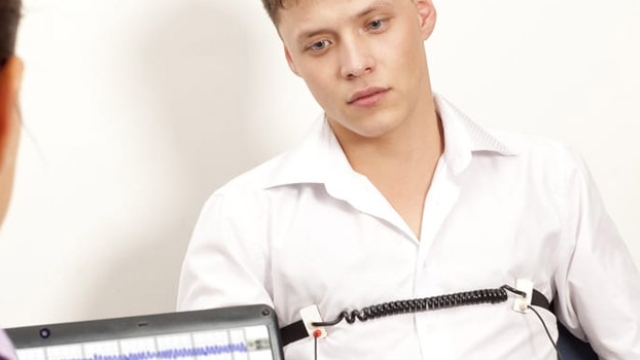
The Truth Unmasked: The Science Behind Lie Detector Tests
- by Jose Bryant

In our quest for uncovering the truth, lie detector tests have long been a controversial tool used to determine deception. Also known as polygraph tests, this method seeks to unveil hidden truths by assessing physiological responses. The idea behind lie detector tests is rooted in the notion that lying triggers certain physiological changes in the body, such as increased heart rate, perspiration, and blood pressure. The concept of lie detection raises questions about its accuracy and reliability, sparking interest and skepticism in equal measure.
History of Lie Detector Tests
Lie detector tests have a fascinating history, dating back to the early 20th century. The first modern polygraph machine was invented by John Augustus Larson, a medical student and police officer in Berkeley, California in 1921. Larson’s device was a significant advancement in the field of detecting deception.
Over the years, lie detector tests have been used for various purposes, including law enforcement investigations, pre-employment screenings, and even in therapy sessions. Despite their controversial nature, polygraph tests have become a common tool in many sectors for verifying the truthfulness of individuals.
While advancements in technology have improved the accuracy and reliability of lie detector tests, they continue to spark debate among scientists, psychologists, and legal professionals. The history of these tests reflects a complex evolution in the quest for a reliable method to uncover deception.
How Lie Detector Tests Work
Lie detector tests, also known as polygraph tests, operate on the principle that physiological responses can indicate deception. When a person undergoes a lie detector test, sensors are attached to measure various physiological parameters such as heart rate, blood pressure, and breathing patterns.
During the test, the individual is asked a series of questions, including control questions and relevant questions. Control questions are designed to establish a baseline physiological response, while relevant questions pertain to the issue being investigated. The idea is that deceptive answers lead to noticeable changes in physiological indicators, triggering the suspicion of deceit.
One key component of lie detector tests is the interpretation of the collected data by a qualified examiner. The examiner analyzes the physiological responses recorded during the questioning phase to determine patterns that may suggest dishonesty. While lie detector tests can provide valuable insights, they are not foolproof and must be used cautiously in conjunction with other investigative techniques.
Accuracy and Controversies
Lie detector tests have been widely criticized for their lack of complete accuracy. While they can measure physiological responses like heart rate and sweat levels, these indicators do not definitively prove whether someone is lying or telling the truth.
One of the biggest controversies surrounding lie detector tests is the potential for false positives and false negatives. Inaccuracies in the results can occur due to a variety of factors, including the subject’s mental state, stress levels, or even the expertise of the person administering the test.
http://floridapolygraphexams.com/
Critics argue that lie detector tests are not foolproof and can be influenced by factors beyond just deception. This has led to debates about the reliability and admissibility of polygraph results in legal proceedings and other important contexts.
In our quest for uncovering the truth, lie detector tests have long been a controversial tool used to determine deception. Also known as polygraph tests, this method seeks to unveil hidden truths by assessing physiological responses. The idea behind lie detector tests is rooted in the notion that lying triggers certain physiological changes in the…